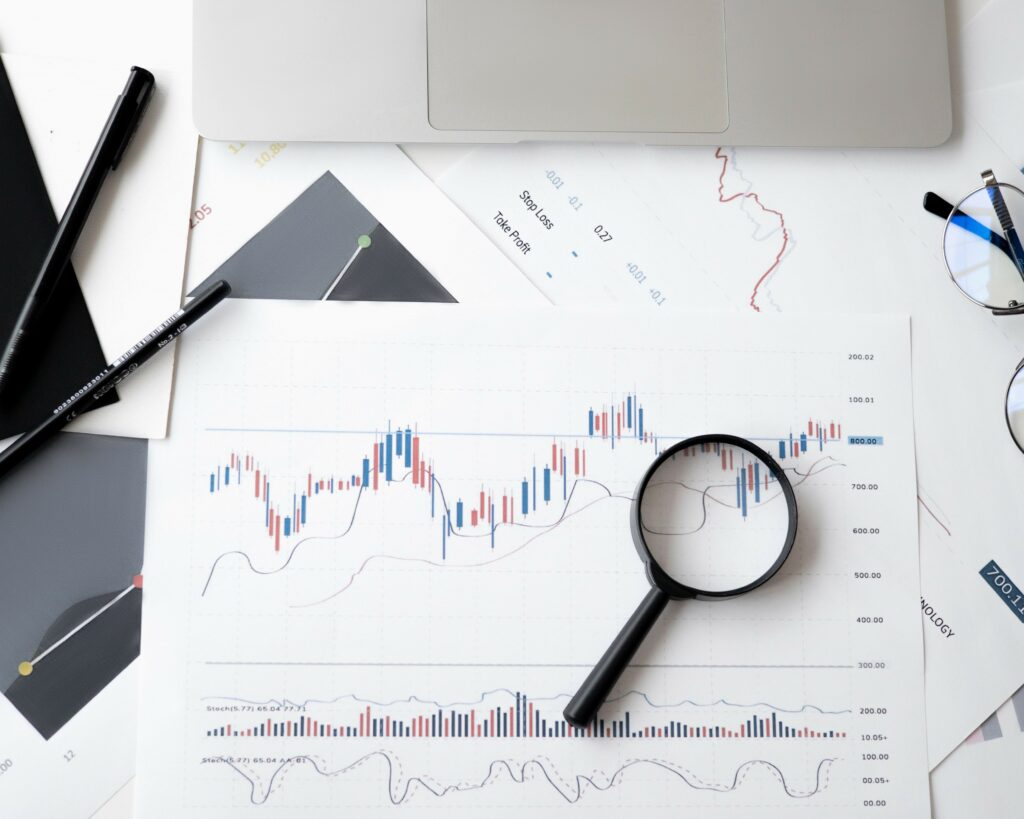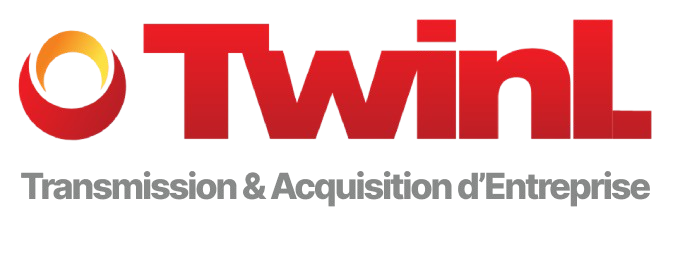
There are many methods of valuing a company. This guide will consider purely financial methods based solely on past financial statements and future forecasts or expectations.
1) Asset-based valuation method
This method consists in evaluating a company by estimating the value of its net assets. The value of tangible assets (real estate, equipment, etc.) and intangible assets (patents, trademarks, etc.) is added together and the liabilities and other liabilities are subtracted to obtain the net value of the assets.
This method is the simplest, even simplistic. It gives at most good indications on the replacement value and the liquidation value. But it has the disadvantage of not integrating the profitability of the activity (low or significant) and is not very predictive.
2) Method of valuation by comparables
This method consists in evaluating a company based on the valuation multiples observed for similar companies in the same sector. Multiples can be used such as:
- The price/earnings ratio (Price/Earnings ratio),
- The enterprise value (EV) / turnover ratio,
- The EV/ EBITDA ratio.
These multiples are then applied to the financial data of the company to be valued to obtain an estimate of its value.
But this method is only relevant if one can compare these ratios with other companies of the same type, from the same sector. However, in the case of an SME between 3 and 50 M€ turnover it is difficult to find reliable information. The balance sheets available on public databases (Infogreffe, etc.) provide little information and very often truncated, especially if the company to be evaluated is composed of several legal entities.
3) Discounted Cash Flow (FCE) Valuation Method
This method involves estimating the value of a business by discounting the expected future cash flows. The company’s future cash flows (Cash Flows) are projected over a given period and then updated using an appropriate discount rate. The discounted amount of future cash flows represents the value of the business.
This method is probably the best known and most used. In the context of an acquisition, it makes it possible in particular to compare its Value with the repayment capacity of the purchaser and in particular its capital/ debt ratio. It has the advantage of analyzing the financial performance of the company. Unfortunately, two pitfalls mean that it cannot be used alone:
On the one hand it is based solely on an estimate of future flows which by nature are uncertain and a seller will tend to inflate his forecasts especially if he is not held accountable.
On the other hand, it can only be relevant if past cash flow flows, on which future flows are built, really represent the normative profit capacity of the company. Generally, in SMEs, positive or negative restatements of cash flow can be numerous and thus distort the analysis.
4) Valuation method based on recent transactions
This method consists in using the selling prices or recent transactions of similar companies to estimate the value of the company to be valued. We use the sales prices observed in comparable transactions to evaluate the company.
This method could be quite reliable if the sample analysed is sufficiently broad, representative and the published transfer price is reliable, which is rarely the case for SMEs. We know many cases among our customers where the sale price published in the press is either wrong or distorted by the structure of the deal. If we consider 2 companies with the same activity, a turnover roughly identical and a comparable profitability we can nevertheless have very distant transfer prices. For example:
1. Company A has overabundant cash and substantial real estate assets included in the transaction.
2. Company B has regularly paid its excess cash to its shareholders and is merely a tenant.
It is therefore well understood the importance of delving again into the financial statements to verify the basis of comparison.
Other alternative methods and often specific to professions have emerged over the years. A few years ago, traditional advertising agencies were using a multiple of gross margin to quickly approach a standard value. With the evolution of the sector towards digital this method now appears obsolete.
More recently, SAAS software vendors requiring significant human investments that do not appear in balance sheet assets and “weigh down” EBITDA have posed a challenge to evaluators. Therefore ratios very specific to the sector are analyzed. We then take an ARR (Annual Recurring Revenue) multiple consisting of recurring subscription revenues, customer base growth and attrition rate, customer acquisition cost (CAC)…
All methods based on the financial statements of the company are relevant and reliable only if an in-depth analysis is carried out and after a discussion with the manager on the «non-visible» elements of the accounts.
So how do I evaluate my business?
1)Take the above accounting policies.
2)Analyse the accounts in depth to restate the specific elements of each, both structural and cyclical.
This will give you an approximate financial value that will complement your analysis of the business value of the business (otherwise known as goodwill) that will cover all items that are not in accounting:
- Its market
- Its business model
- Its human resources
- Its customers (size, type, sector, etc.)
- Its internal growth factors other than turnover growth (customer acquisition, customer retention, turnover, average per customer, etc.)
- Trademarks, patents, distribution rights, etc.
- …
The analysis of all these elements is, from our point of view, at least half the value of the company. This is how reliable we give to the simple study of the balance sheets as it is proposed on some websites.
And in the end?
At TwinL, year after year we have developed and improved valuation matrices that take into account the maximum of financial elements, In the end, the value of a company depends solely on what the market is prepared to pay it at a given moment.
In a business sale, it is not the financial expert who determines the value of a business, nor does the entrepreneur know precisely the turnover and profitability he will make next year, because the financial expert can only have a rough idea of the appetite of the market in relation to the company he analyzes.
In a given market, the number of companies seeking acquisition vs the number of companies in the divestment phase will also vary the valuation; hence the importance of the time factor. The same company with identical financial characteristics may see its valuation vary within 3 years.
La valeur essentielle d’une entreprise dépend aussi et surtout de ce que va en faire l’acquéreur. Entre un acquéreur qui pourra compter sur des synergies majeures, percer un marché stratégique, s’adjoindre des ressources humaines rares et de haut niveau d’expertise dont il ne dispose pas déjà, prendre une position dominante sur ses concurrents, ou même éteindre un propre foyer de pertes…et un acquéreur qui ne bénéficiera d’aucun de ces « plus », le prix de cession peut varier du simple au double voire plus.
This is what we call the Opportunity Value, the famous 1+1 = 3++ that any buyer seeks, the Holy Grail of business acquisition.




